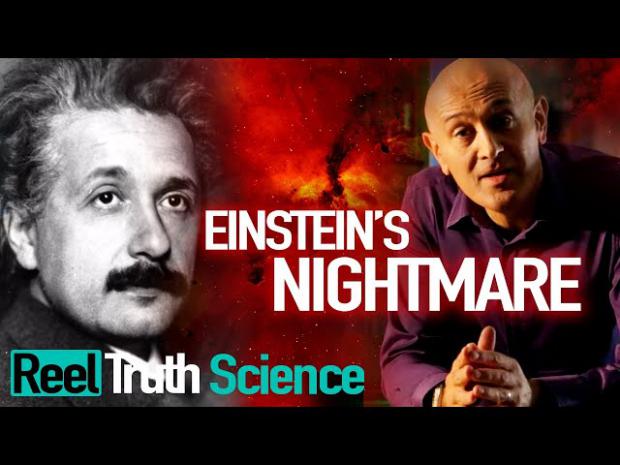
Breaking News
 First totally synthetic human brain model has been realized
First totally synthetic human brain model has been realized
 Trump's secret weapon is vanishing: Insiders reveal why young men who crowned him king are fleei
Trump's secret weapon is vanishing: Insiders reveal why young men who crowned him king are fleei
 Peter Schiff Goes Nuclear On Bitcoin, Saylor And CNBC
Peter Schiff Goes Nuclear On Bitcoin, Saylor And CNBC
 Actor Anthony Mackie: "We've Been Living Through Death Of American Male For Twenty Years
Actor Anthony Mackie: "We've Been Living Through Death Of American Male For Twenty Years
Top Tech News
 Mach-23 potato gun to shoot satellites into space
Mach-23 potato gun to shoot satellites into space
 Blue Origin Will Increase New Glenn Thrust 15-25% and Make Rocket Bigger
Blue Origin Will Increase New Glenn Thrust 15-25% and Make Rocket Bigger
 Pennsylvania Bill – 'Jetsons Act' – Aims To Green-Light Flying Cars
Pennsylvania Bill – 'Jetsons Act' – Aims To Green-Light Flying Cars
 New Gel Regrows Dental Enamel–Which Humans Cannot Do–and Could Revolutionize Tooth Care
New Gel Regrows Dental Enamel–Which Humans Cannot Do–and Could Revolutionize Tooth Care
 Researchers want to drop lab grown brains into video games
Researchers want to drop lab grown brains into video games
 Scientists achieve breakthrough in Quantum satellite uplink
Scientists achieve breakthrough in Quantum satellite uplink
 Blue Origin New Glenn 2 Next Launch and How Many Launches in 2026 and 2027
Blue Origin New Glenn 2 Next Launch and How Many Launches in 2026 and 2027
 China's thorium reactor aims to fuse power and parity
China's thorium reactor aims to fuse power and parity
 Ancient way to create penicillin, a medicine from ancient era
Ancient way to create penicillin, a medicine from ancient era
The Secret Of Quantum Physics: Einstein's Nightmare (Jim Al-Khalili) | Science Documentary | Sci

Professor Jim Al-Khalili traces the story of arguably the most important, accurate and yet perplexing scientific theory ever - quantum physics.
The story starts at the beginning of the 20th century with scientists trying to better understand how light bulbs work. This simple question led them deep into the hidden workings of matter, into the sub-atomic building blocks of the world around us. Here they discovered phenomena unlike any encountered before - a realm where things can be in many places at once, where chance and probability call the shots and where reality appears to only truly exist when we observe it.
Albert Einstein hated the idea that nature, at its most fundamental level, is governed by chance. Jim reveals how, in the 1930s, Einstein thought he had found a fatal flaw in quantum physics, because it implies that sub-atomic particles can communicate faster than light in defiance of the theory of relativity.
For 30 years, his ideas were ignored. Then, in the 1960s, a brilliant scientist from Northern Ireland called John Bell showed there was a way to test if Einstein was right and quantum mechanics was actually mistaken. In a laboratory in Oxford, Jim repeats this critical experiment. Does reality really exist or do we conjure it into existence by the act of observation?

 Unbanked In A Connected World
Unbanked In A Connected World

